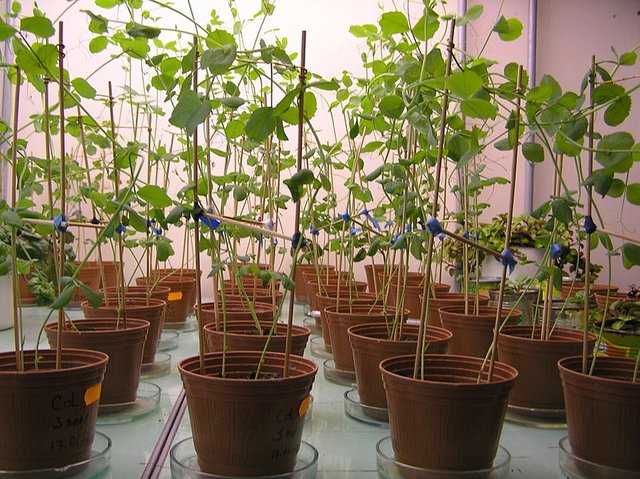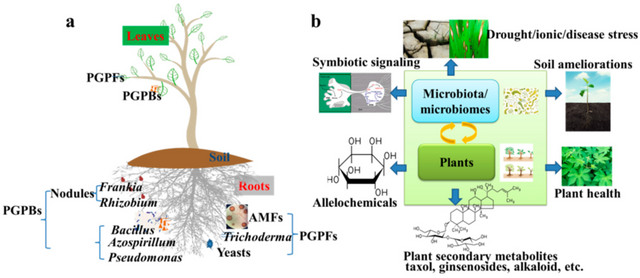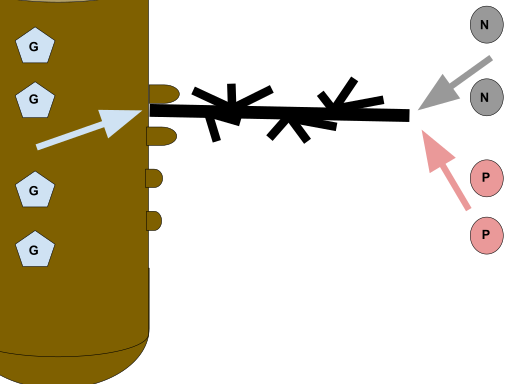▶ Abstract
Arbuscular mycorrhizal (AM) symbiosis has enormous potential as a sustainable strategy to stimulate plant growth, production and quality. Its effectiveness seems to depend on an optimal interaction zone, mediated by the species of symbionts involved and the edaphic conditions.


▶ One of the greatest challenges facing agriculture is to evaluate the functional diversity of arbuscular mycorrhizal fungi in crops of food interest, in order to increase the predictability of the beneficial effects of AM inoculants, allowing the identification of morphospecies of high, medium and low effectiveness, as well as those of no effectiveness or parasitic.
Knowing the scope of this challenge would imply for modern agriculture to solve the problems and questions generated by the impact on ecosystems, in addition to focusing its interest in the development of research that justifies an agriculture based on fertilization through the use of arbuscular mycorrhizal fungi.

▶ After the burning of fossil fuels, conventional agricultural systems, characterized by monocultures dependent on high inputs, constitute one of the main human activities responsible for the progressive deterioration of natural production factors (climate, soil, water, flora and fauna).
This progressive deterioration leads to and alters biogeochemical cycles, loss of biodiversity and disruption of the fragile fabric of community-level interactions, among other negative impacts.

▶ In order to reduce the high production costs and the low sustainability that dependence on agrochemicals represents in agroecosystems, the use of bioinputs as modulators of the plant microbiome is becoming increasingly important.
Promoting complex biological interactions that favor functional biodiversity and, thus, the production and yield of agricultural systems, with minimal or zero dependence on agrochemicals, with a significant reduction of damage to the natural environment and to the economy and human health.

Functional biodiversity promotes simultaneous favorable changes in several agroecological components and processes, which are achieved through multifunctional agroecological technologies that favor natural processes and biological interactions that optimize synergies so that agrobiodiversity is able to subsidize key processes on its own.
▶ Conclusion
The accumulation of organic matter, soil fertility, mechanisms for biotic regulation of pests and diseases, and crop productivity. These processes are crucial, as they condition the sustainability of the agroecosystem. Among these biotechnological strategies, the use of arbuscular mycorrhizal fungi (AMF) stands out as a fundamental biological resource for the sustainability of agricultural systems of socioeconomic importance.
NOTE: Reference material.
-Arbuscular Mycorrhizal Symbiosis and Its Role in Plant Nutrition in Sustainable Agriculture
-Management of the Arbuscular Mycorrhizal Symbiosis in Sustainable Crop Production
≕ I invite you to stay tuned and read my next contribution ≔
PS: This article has been published from the GEMS community